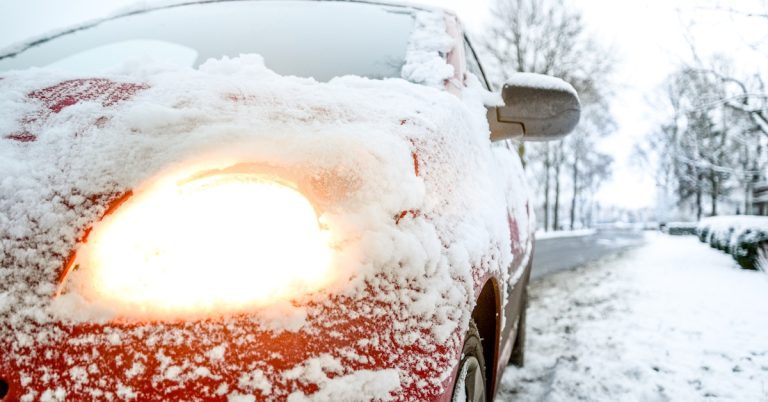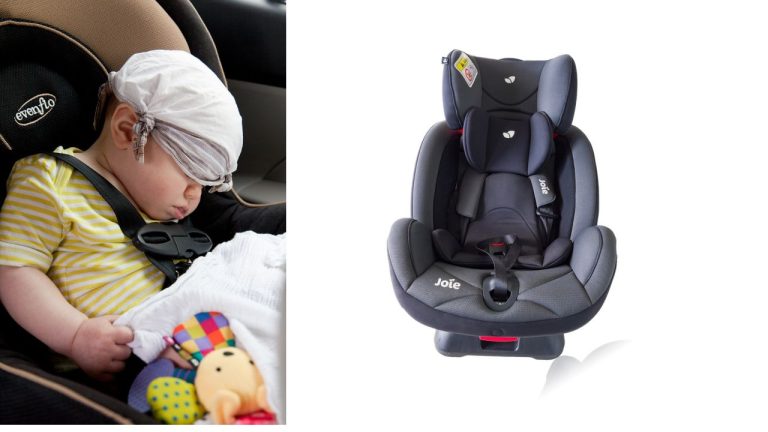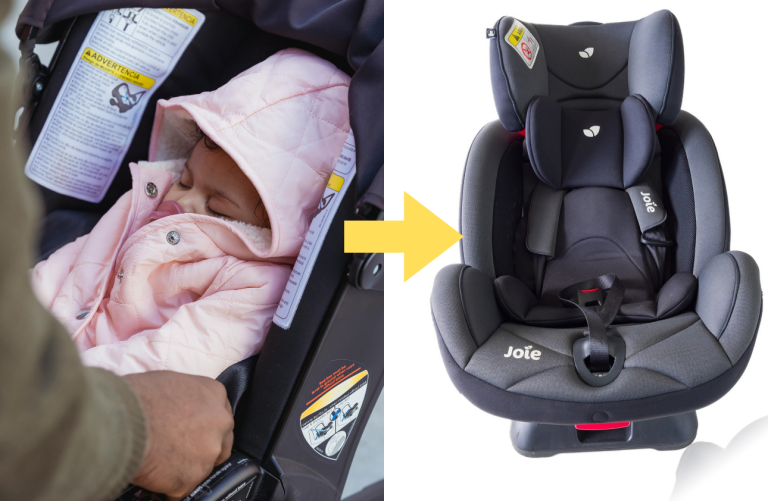Rain is part of our lives. We are unable to stop working or ignore the rain. So we must walk through the rain. But driving in the rain is quite risky. To protect your safety and the safety of others around you, several things must be taken care of. So, let’s look at some tips for driving in the rain.
We can categorize the driving tips for safe driving on a rainy day into two parts:
1. Ultimate Checklist for Rainy-Day Driving Preparation
2. Ultimate Checklist for Rainy-Day Driving
#Ultimate Checklist for Rainy-Day Driving Preparation
1. You Should Keep Car Windshields Clean
Car windshields should be cleaned for safe driving in the rain. Especially when visibility is reduced due to rain. So clean the inside and outside of the windshield regularly.
2. Check if the car wipers are working or not
Before going into rainy-day driving. Check if the car wipers are working or not. These will increase your visibility in wet weather. Wipers should be changed every year. To prevent it from breaking and cracking.
3. Check if the headlight is shining in the right direction or not
It is crucial to make sure the car’s headlights are working properly. If damaged, it should be replaced as soon as possible. And the faulty headlight needs to be taken to a mechanic and fixed. And it’s important to make sure your headlights are pointing in the right direction, which will also prevent the light from shining into the eyes of other drivers.
4. Be sure that the car tires are in good condition
The tires of the car are at great risk when driving on a rainy day. Tires can become worn out, skid on wet surfaces, or lose their ability to hold the ground without applying pressure when it rains.
Check to see if the tire tread has decreased to 4/32 inches before proceeding on a wet road. Then, it is preferable to replace it. Additionally, using tires with tread depths of 2/32 inches is much riskier. In that situation, before driving the car on the road, the tire must be rapidly replaced if it is worn or damaged.
5. Checking the fuel level
If the car stops in the middle of the road due to lack of fuel, you can be in a terrible situation. So, check it before leaving the car. Check if your car has enough fuel. If not, fill up with fuel.
6. Know the weather forecast
You should check the weather forecast before driving during the rainy season. Accidents may occur due to bad weather. So keep an eye on the weather forecast when traveling across long distances. Your attention will prevent any incidents.
#Ultimate Checklist for Rainy-Day Driving
1. Always Drive Slowly
During any weather problem, the vehicle speed should be reduced according to the situation. Which will make it easy for us to adapt to any situation. Generally, wet roads are three times more slippery than normal conditions. So then the speed of the car needs to be reduced by three times. If the vehicle does not slow down on wet and slippery roads, the chances of an accident also increase.
2. Keep the Focus on Front
If you don’t concentrate on the front, an accident will probably happen, especially when it’s raining and the roads are slick and wet. Avoid doing things like eating, reading, and conversing. It is also preferable to turn off your phone, radio, etc. That may save you from any accidents.
3. Keep the Headlights & Taillights On
On rainy days, the sky is covered with dark clouds. Sometimes, with the rain, the surroundings become dark. Then, if you want to drive safely, you should turn on the headlights. And in that case, no matter what time of day or night it is, the headlights have to be turned on for two reasons. One is that other car drivers can see you properly. And two, headlights will help you see everything in foggy environments.
4. Keep a Safe Distance from the Vehicle in Front
Always keep a distance of at least 10 seconds from the vehicle in front. This will prevent car-to-car collisions. And so keep enough distance from other vehicles while driving in the rain. And there will be no risk of accidents as a result.
Ultimate Guides for Driving in Snow for Beginners
5. Use both hands to drive
Never drive with one hand, whether the weather is bad or not. Many people talk on their mobile phones with one hand and drive with the other. Normally, it is risky, even more so on rainy days. So, considering safety, one should drive with both hands. Because this will give you maximum control.
6. Take Turns Slowly
A car has less control over wet roads during the rain. Therefore, avoid making fast turns in the rain. Because there is a greater chance of an accident. So, turn cautiously and slowly.
7. Avoid flooded and low roads
Driving a car on excessively waterlogged roads can damage the car. Sometimes water gets into the car engine, and it can get damaged. Typically, low roads become flooded easily. On the other hand, various low-lying roads have ditches, potholes, or broken roads, and as a result, water accumulates on all these roads during stormy rains. But many times, the depth of the water or potholes cannot be estimated from the car. And these water-filled potholes can cause the wheels to get stuck or the car’s brakes to get wet. Also, there is a risk of water entering the engine through the silencer. So try to avoid those roads. You might have to make a long journey. However, it is better to use alternative roads for safety and vehicle protection.
8. Keep the air conditioner on
The interior of the car will become wet if the car window is left open in the rain. Although it is cold outside, the temperature inside the car does not significantly drop. As a result, the interior of the car gets unpleasant, sweat builds up, and the glass becomes foggy. It raises the possibility of accidents. Keep the car’s air conditioning on to solve the issue.
9. Be Careful When Stopping the Vehicle
If you want to stop the car, turn on the signal, check the blind spots, and then turn on the four-way lights. Keep a close eye on the front and rear of the vehicle to get the car to the side of the road as fast as possible. Then brake the car.
10. Stop driving in bad weather
It is dangerous to drive on the road in bad weather due to heavy rain. Especially since you can’t see anything in front, rear, and around you. In addition, if water builds up on the road surface, it becomes very wet and slick. Occasionally, a car may slide, leading to a serious collision.
Final word
To avoid any accidents, you can follow our tips for driving in the rain. Two common practices for driving safely in the rain are to drive slowly and to keep your headlights and taillights on.







